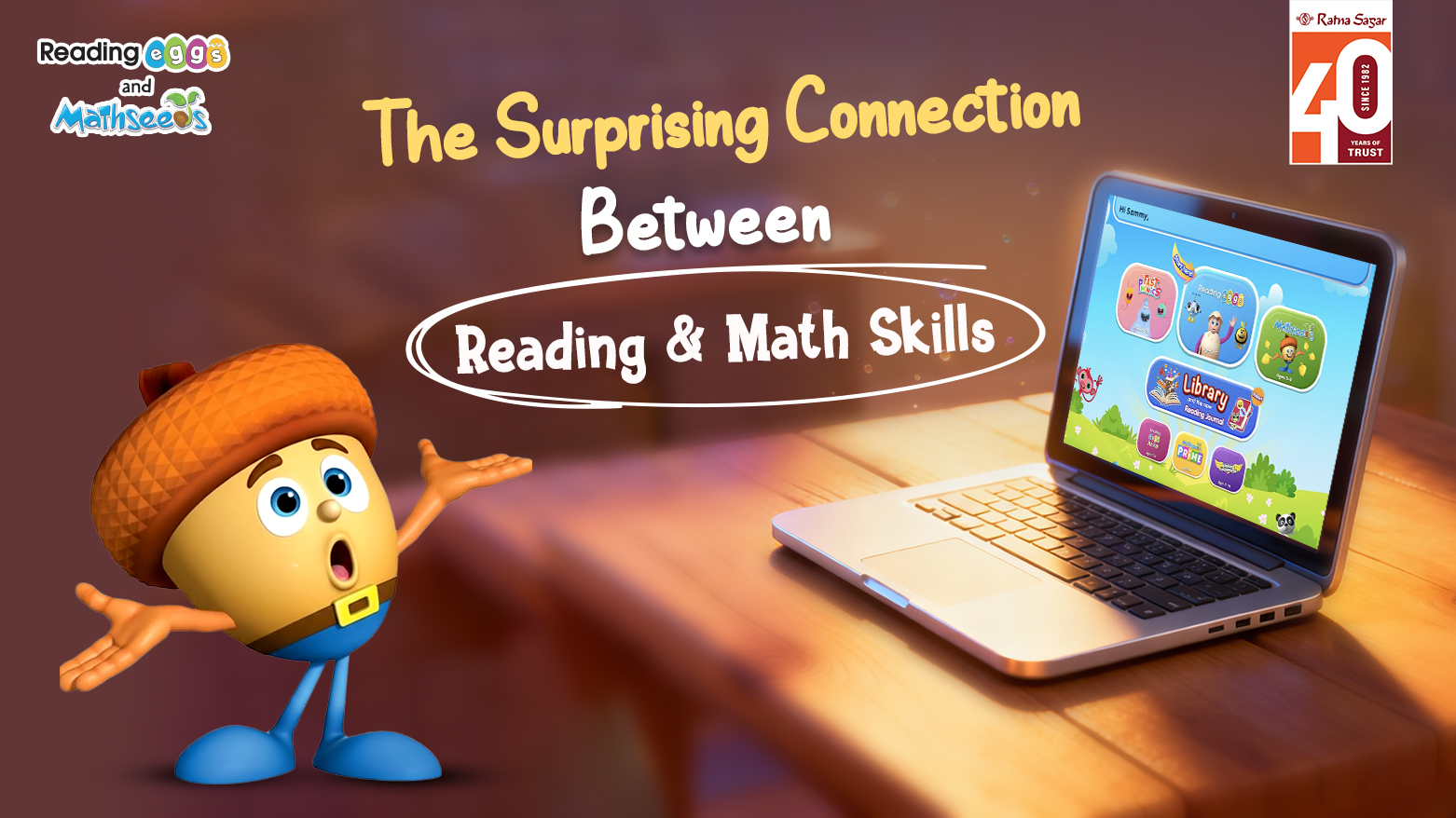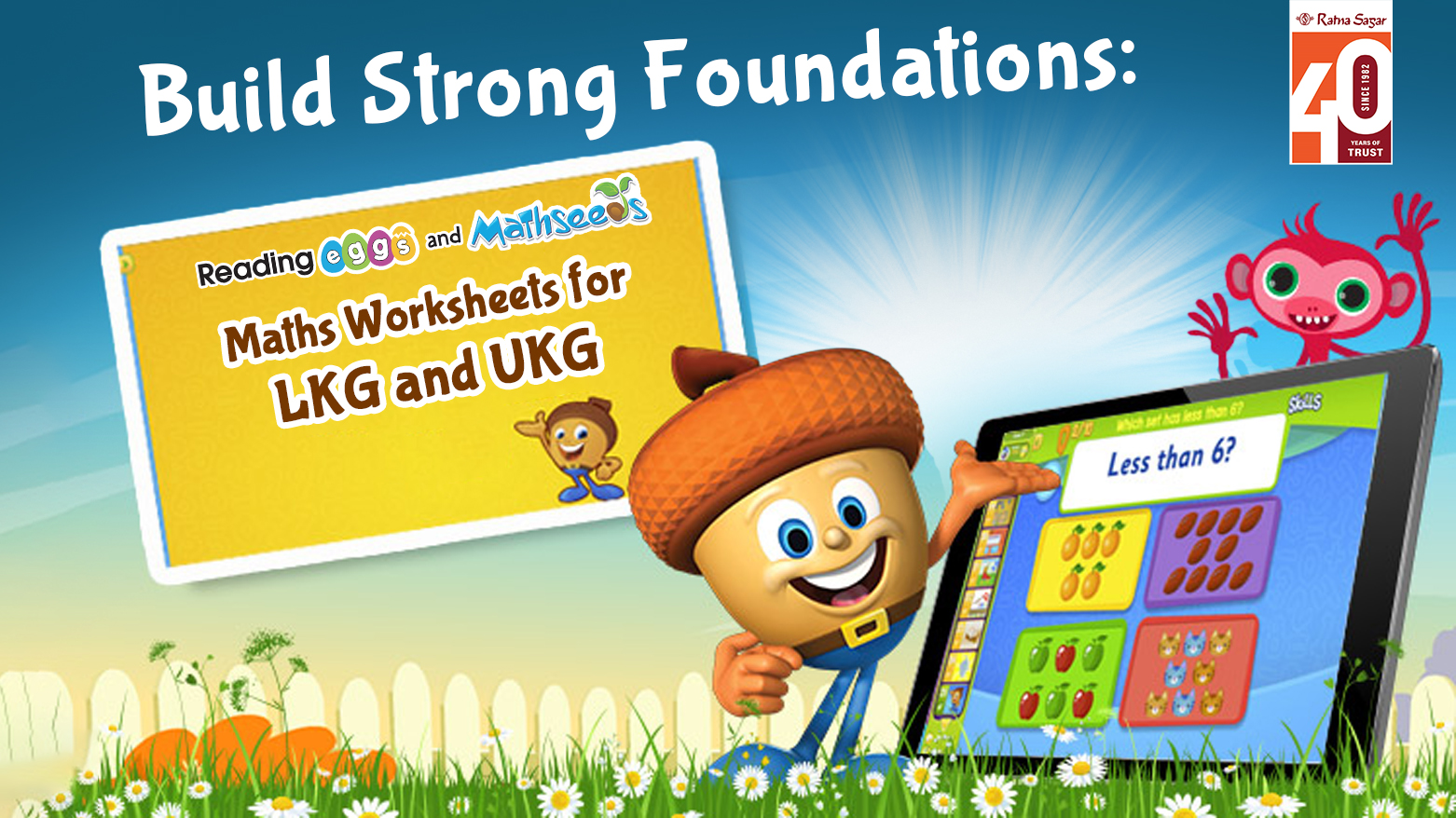The Surprising Connection Between Reading & Math Skills
At first glance, reading and math may seem like two separate worlds. Reading is often associated with language, imagination, and storytelling, while math is linked to numbers, equations, and logic. Parents and teachers frequently focus on these subjects independently, working on literacy in one space and numeracy in another. But research shows a surprising reading and math connection: strong skills in one subject can actually boost performance in the other.
Understanding the Reading and Math Connection
The reading and math connection becomes clear when we look at problem-solving in math. Most math problems require a strong grasp of language—word problems demand careful reading, comprehension of instructions, and the ability to process complex information. For example, a child solving a problem like “If Sarah has 12 apples and gives away 5, how many does she have left?” needs both reading skills to understand the situation and math skills to perform the calculation.
Similarly, mathematical thinking relies on patterns, sequences, and order—skills that also strengthen literacy by improving a child’s ability to follow storylines, recognize sentence structures, and apply grammar rules. Both subjects reinforce each other by requiring focus, comprehension, and structured thinking.
How Literacy and Numeracy Complement Each Other
Literacy and numeracy are often called the foundation of learning. A child who develops both has a greater chance at academic success because these skills don’t operate in isolation. When children can read fluently, they can understand math instructions more clearly, interpret graphs, follow directions in textbooks, and explain their reasoning.
On the other hand, numeracy sharpens cognitive processes that benefit literacy. Skills like sequencing, categorization, and logical structuring allow children to organize their thoughts in writing or while reading comprehension passages. Thus, literacy and numeracy complement each other, creating stronger thinkers and learners.
Reading Builds Logical Thinking for Math
One of the most powerful ways literacy supports math is through the development of logical thinking. When children read, they learn to identify cause-and-effect relationships in stories, follow steps in a sequence, and interpret ideas. These are the same skills needed in math to solve complex equations or multi-step problems.
For instance, reading comprehension teaches kids to break text into smaller pieces of meaning—a process very similar to breaking down math problems step by step. This overlap strengthens problem-solving skills, helping children tackle both academic areas with confidence. Reading expands vocabulary, too, giving children the words they need to clearly explain their mathematical reasoning.
Programs That Build Both: Reading Eggs and Mathseeds
Educational programs like Reading Eggs and Mathseeds take advantage of this reading and math connection to boost learning outcomes. Reading Eggs focuses on developing literacy through interactive lessons, phonics, comprehension activities, and engaging storybooks. At the same time, Mathseeds strengthens numeracy with games, puzzles, and problem-solving challenges tailored to a child’s level.
What makes these programs unique is that they support both literacy and numeracy in a way that feels connected and fun. For example, Reading Eggs improves comprehension, which helps children understand word problems in math. Meanwhile, Mathseeds fosters logical thinking and sequencing, which contributes back to stronger reading comprehension. Using them side by side ensures that children don’t see these subjects as unrelated but as skill areas that reinforce one another.
For parents and teachers, this is an excellent way to encourage balanced development. Instead of focusing only on reading or only on math, programs like Reading Eggs and Mathseeds allow children to grow holistically, setting them on the path to long-term academic success.
Conclusion
The reading and math connection proves that these subjects are more closely linked than we once thought. Strong literacy skills build logical thinking and problem-solving skills in math, while numeracy enhances comprehension and structured thought processes essential for reading. Nurturing both literacy and numeracy is therefore critical for a child’s overall academic success.
Parents and teachers can achieve this balance by combining engaging resources like Reading Eggs and Mathseeds. Together, they ensure that children develop the confidence and ability to excel in both subjects—laying the foundation for lifelong learning and growth.

